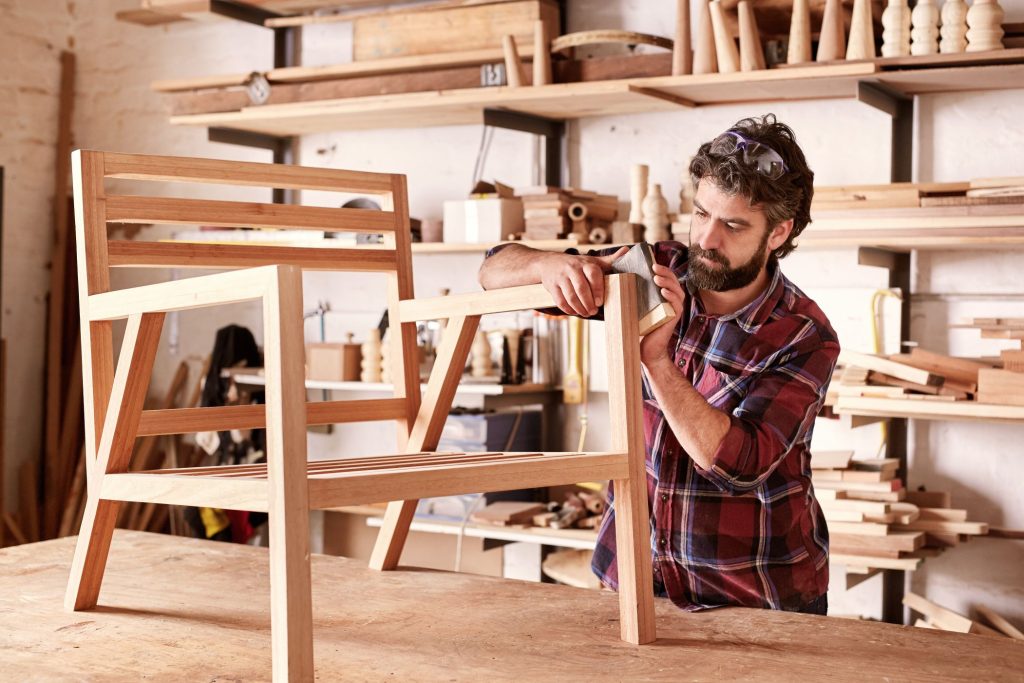The journey of commissioning and designing custom furniture is a meticulous and collaborative process that combines the vision of the client with the expertise of skilled craftsmen and designers. It begins with a client’s desire for a unique piece that reflects their taste, style, and functional needs. The first step is the consultation phase, where the client and the designer engage in detailed discussions to understand preferences, requirements, and the intended space for the furniture. This phase involves not only exploring the client’s aesthetic preferences but also delving into the practical aspects, such as dimensions, materials, and budget constraints. Once the initial consultation is complete, the designer translates the client’s ideas into conceptual sketches and design proposals. These preliminary designs serve as a starting point for further refinement and discussion. The collaboration between the client and the designer is crucial during this stage, as feedback and adjustments lead to the development of a final design that resonates with the client’s vision.

The designer considers not only the aesthetics but also the functionality and ergonomics of the piece to ensure it meets the client’s expectations. With the approved design in hand, the project moves into the next phase material selection and visit site. This step involves careful consideration of various materials, including wood, metal, glass, and upholstery fabrics. The choice of materials is crucial in achieving the desired look and feel, and ensuring durability and longevity. The client may be presented with material samples and finishes to make informed decisions that align with their preferences and lifestyle. Once materials are selected, the detailed technical drawings and specifications are created. These serve as the blueprint for the skilled craftsmen who will bring the custom furniture to life. The craftsmanship involved in creating bespoke furniture requires a high level of skill and attention to detail. Artisans may employ traditional techniques or cutting-edge technologies, depending on the design and materials chosen.
Throughout the production phase, regular communication between the client and the workshop ensures that any unforeseen challenges are addressed promptly, and the client remains informed about the progress of their unique piece. As the custom furniture takes shape, the finishing touches become a focal point. This includes the application of stains, paints, or lacquers, and any additional decorative elements. The final result is a one-of-a-kind piece that not only meets the client’s functional needs but also stands as a testament to the collaborative journey of design and craftsmanship. Delivery and installation complete the process, with the custom furniture finding its place in the client’s home, seamlessly integrating into the intended space and bringing their vision to life. In the end, the journey of commissioning and designing custom furniture is a symbiotic relationship between the client and the artisans, resulting in a unique masterpiece that reflects the client’s individuality and elevates the artistry of functional design.



